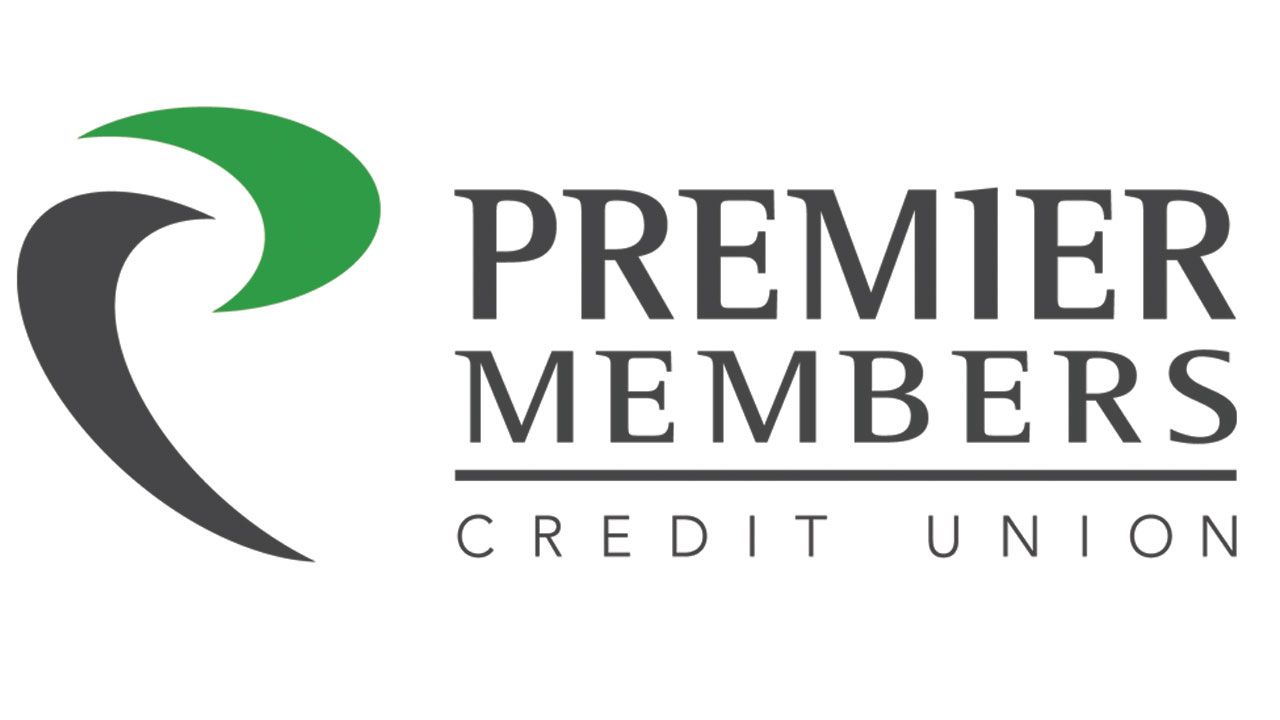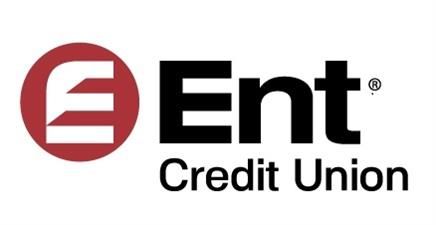Interest rates will rise as bond purchases decline

The Federal Reserve Bank has made very clear that it plans to raise interest rates in the near future to stave off expected inflation as the economy continues its rebound from the COVID-19 pandemic. To do that, it first needs to begin tapering off its bond purchases.
“The Fed currently purchases $80 billion of Treasury securities and $40 billion of mortgage-backed securities per month. We expect the FOMC to announce that it will begin to taper its asset purchases soon,” according to the most recent economic forecast by Wells Fargo.
Wells Fargo predicts that the tapering announcement will “more likely take place in November than in December. We see policymakers setting the pace such that purchases wrap up by mid-2022; however, we believe that actual rate hikes are unlikely until the second half of 2023.”
Most analysts agree the economy is coming back fairly quickly considering the hit certain industries took during the height of the pandemic. Hospitality, retail, restaurant and travel industries took a major hit, while construction, housing and banking weathered the storm handily. Lingering global supply chain disruptions continue to impact supplies of everything from food and apparel to cars and cell phones, which could affect the rate of economic growth.
In the meantime, Colorado banks are sitting on huge piles of cash (see story on deposits in this issue) and not enough opportunities to lend it out, which will continue to have an impact on banking institution net interest margins.

“The loan to deposit ratio is as low as it’s been in 30 years,” said Gerard Nalezny, chairman and CEO of Verus Bank of Commerce in Fort Collins.
“It has been terrific for banks the last few years,” said Shawn Osthoff, president of Bank of Colorado, pointing out that the construction, warehouse and storage industries are booming while hospitality and restaurants are coming back strong.
“The biggest challenge is the workforce, finding people to fill the slots they need to fill,” he said.

Bank of Colorado’s “net interest margin, which is the biggest driver of profitability and revenue for banks … continues to get tough. We will see that get worse in 2022. There is so much liquidity, these deposits ballooned so there is so much liquidity in our financial system, not enough good loans to get it out there. All banks are trying to get it loaned out. The yield on that is low, causing that compression of margins,” Osthoff said.
That said, there is “still pretty good loan demand around the state and that will continue in 2022. The challenge for net interest margin is efficiency.” That means finding ways to reduce costs and become more efficient.
“The other challenge is the capital required for that growth. As they have grown, most earnings had to go to increased capital levels to get to the well-capitalized standards banks have to meet,” he said.
Banks have to have enough assets that can quickly be turned into cash to meet long-term and short-term obligations as a means of protecting both shareholders and depositors from unexpected losses.
The pandemic has had a different effect on banks than the Great Recession did in 2008. At the start of the pandemic, “we didn’t know what would happen and we were concerned about asset quality but banks came through this with low asset quality problems,” said Osthoff. “We have the best asset quality we ever had in my career as a banker.”
During the Recession, there was so much housing available. This time around, the industry can’t seem to catch up and fill demand with new homes and apartments. “That continues to be a tremendous driving force for our economy right now,” he said.
There are three factors affecting the Northern Colorado housing market. “We live in a great place that is in high demand” so there is a lot of in-migration, which drives up demand for housing, said Nalezny. The area is also supply constrained, which keeps housing prices high, and the state and country as a whole have experienced historically low interest rates for years.
“Rising interest rates will affect one of those factors but in-migration and where we live doesn’t change and supply of homes continues to be an issue, so I think there we are starting to see some moderation,” Nalezny said. Rising interest rates should have a dampening effect on the residential mortgage industry. At first, that activity will increase as buyers rush to get ahead of rising mortgage rates, he said, but then it will slow down as rates go up.
In 2020, the housing industry didn’t experience its natural seasonality; it just continued to rise.
“This year, we are seeing a return to seasonality,” he said. “I think rising interest rates will cool the market.”
Rising interest rates will have an impact on residential and commercial real estate values because the leverage used on those investments, whether personal or business, will be more expensive, Nalezny said, adding that many consumers “will be shocked because they have never experienced a rising interest rate environment. They have only seen rates continually go down.”
As far as interest rates go, Osthoff said that an uptick in rates would “certainly be beneficial to banks and savers,” but since the Fed holds most of the country’s debt, a rise in rates is “certainly going to hurt. It will cost more to repay that debt.”
The Federal Reserve Bank has made very clear that it plans to raise interest rates in the near future to stave off expected inflation as the economy continues its rebound from the COVID-19 pandemic. To do that, it first needs to begin tapering off its bond purchases.
“The Fed currently purchases $80 billion of Treasury securities and $40 billion of mortgage-backed securities per month. We expect the FOMC to announce that it will begin to taper its asset purchases soon,” according to the most recent economic forecast by Wells Fargo.
Wells Fargo predicts that the tapering announcement will “more likely take place…
THIS ARTICLE IS FOR SUBSCRIBERS ONLY
Continue reading for less than $3 per week!
Get a month of award-winning local business news, trends and insights
Access award-winning content today!




